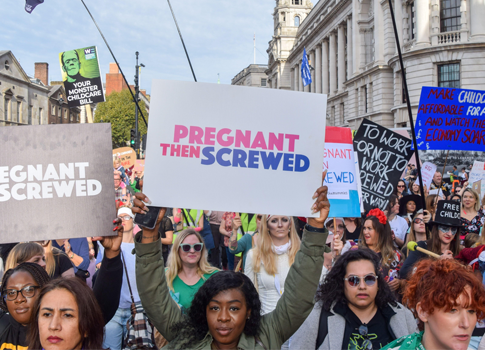Welcome to Digital Mythbusters: a series of short snippets designed to address common misconceptions within the wider industry to help everyone understand more about the multitude of different channels and capabilities that fall within the broad landscape that is “digital media”.
In this blog we will be talking about building audiences, and what goes into a fast vs. quality response.
The client hasn’t asked for a full response, can you just pull reach and impression figures?
In digital, there are a range of tools and features in our buying platforms that we can use to quickly pull audience data. Theoretically, it takes no more than a few minutes to input some audiences and generate some rough figures. However, these basic, off-the-shelf audiences are a far cry from the audience strategies we buy and activate for our clients.
Creating audience strategies for effective digital plans requires a lot more than this. This often involves ingesting data and building custom audiences which take time to populate, and briefing 3rd parties which involves speaking with reps. This is especially true when trying to build audiences that match our behavioural insights which are not out of the box by any means. What is more, building audiences with little-to-no context may result in an audience which does not align with the campaign or client goals.
Often the request we get is “topline now, detail later” however, the fully thought out “detail” plan will likely evolve significantly from the “topline now” plan. We need to therefore make sure our clients understand this. We believe the best solution internally to this is to always make sure that the activation teams are present across the strategic work being done from the moment we receive a client brief. This means that this work can be done alongside (and feed into) the audience work that the Behave team are doing.
For example one of our clients, Zopa, wanted to reach people on YouTube who are in-market for credit cards, but have a good credit score and will therefore qualify for their credit card product. As a quick answer we could target a Google audience ‘In-Market for Credit Cards’, however this wouldn’t fully meet the brief as it is a huge, unrefined audience, for instance it could include credit-building cards. To actually answer the brief we could build audiences such as users who have visited premium credit card pages on Price Comparison Websites, but this would take more time and consideration.
There’s a lot to consider when building audience strategies but hopefully this blog has made things a little clearer! If you’d like to explore more media mythbusting, why not check out the other pages on our mythbuster blog?






